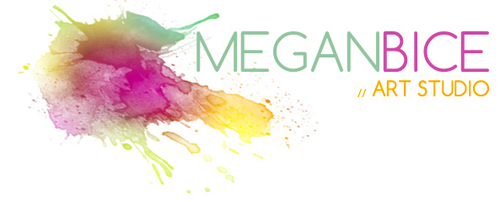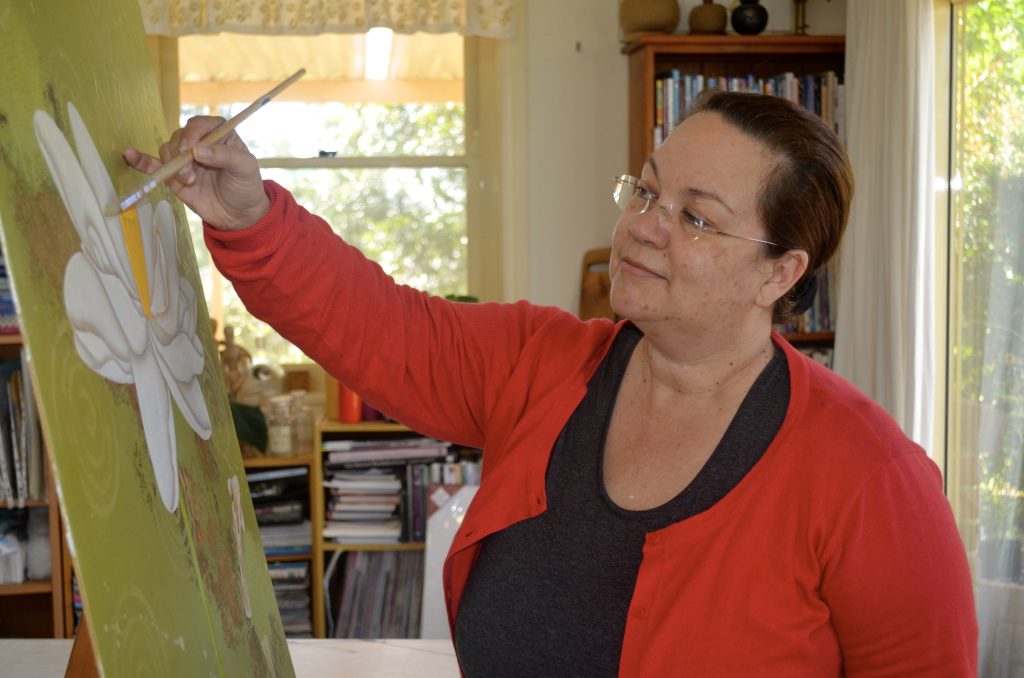In the vast realm of visual arts, composition serves as the backbone, a silent conductor orchestrating the elements within a piece to create a harmonious and impactful experience. Whether it’s painting, photography, or any other form of visual expression, understanding the principles of composition is crucial for artists aiming to convey their message effectively. This article delves deep into the art of composition, exploring its fundamental principles, techniques, and the impact it has on the viewer.
I. Understanding Composition
A. Definition and Importance
Composition refers to the arrangement of visual elements within a frame, guiding the viewer’s eye and creating a sense of order and unity. It involves making deliberate choices about placement, balance, and proportion to convey a specific message or evoke a particular emotion. The importance of composition lies in its ability to transform a mere collection of elements into a visually compelling and coherent whole.
B. Historical Perspective
The principles of composition have been integral to art throughout history. From the Golden Ratio used in ancient Greek art to the rule of thirds in modern photography, artists have continually sought ways to organise their work for maximum impact. Understanding the historical evolution of compositional techniques provides valuable insights into their enduring relevance.
II. Principles of Composition
A. Balance
- Symmetry vs. Asymmetry
Achieving balance involves distributing visual weight evenly across a composition. Symmetry creates a sense of stability, while asymmetry introduces tension and interest. Exploring the dynamic interplay between these two approaches allows artists to convey different moods and messages.
- Radial Balance
In certain compositions, radial balance radiates from a central point, creating a dynamic and harmonious effect. This principle is often used in circular designs or artworks with a focal point at the center.
B. Unity and Variety
- Repetition and Patterns
Repetition of visual elements fosters unity and coherence within a composition. Artists can employ patterns to guide the viewer’s eye and establish a sense of rhythm. Knowing how to balance repetition with variety is key to maintaining viewer interest.
- Contrast
Contrast involves juxtaposing elements with opposing characteristics, such as light and dark, large and small, or warm and cool colours. By incorporating contrast, artists can highlight specific areas, create emphasis, and add visual interest to their work.
C. Proportion and Scale
- The Rule of Thirds
A fundamental principle in both photography and painting, the rule of thirds divides the composition into a grid, guiding the placement of key elements along these lines. This technique fosters a dynamic balance and draws the viewer’s attention to specific areas.
- Golden Ratio
Derived from mathematical proportions found in nature, the Golden Ratio provides a more organic approach to composition. Understanding how to incorporate this ratio into artwork can result in visually pleasing and naturally balanced compositions.
III. Techniques for Effective Composition
A. Leading Lines
Utilising leading lines within a composition directs the viewer’s gaze and creates a sense of movement. Whether through literal lines in a photograph or implied lines in a painting, mastering this technique enhances the overall impact of the artwork.
B. Framing
Artists can use framing elements, such as arches, windows, or natural surroundings, to draw attention to the focal point of a composition. Understanding how to effectively frame a subject adds depth and context to the visual narrative.
C. Rule of Odds
The rule of odds suggests that an odd number of elements within a composition is more visually appealing than an even number. This principle can be applied to subjects, shapes, or any other visual element, creating a sense of balance and avoiding visual monotony.
IV. Composition in Different Art Forms
A. Photography
- Rule of Thirds in Photography
Photographers often rely on the rule of thirds to compose visually engaging images. Understanding how to position the main subject along these lines enhances the overall balance and impact of a photograph.
- Depth and Layers
Creating a sense of depth in photography involves strategically placing elements in the foreground, middle ground, and background. This technique adds dimension to the image, providing viewers with a more immersive experience.
B. Painting
- Color Harmony
In painting, colour plays a pivotal role in composition. Artists can create harmony by understanding colour theory and strategically using complementary, analogous, or monochromatic colour schemes to convey specific emotions or moods.
- Atmospheric Perspective
The technique of atmospheric perspective involves creating a sense of depth by manipulating colour and contrast. Objects in the foreground are more vibrant and detailed, while those in the background become softer and less defined.
C. Graphic Design
- Grid Systems
Graphic designers often rely on grid systems to organise information and create a visually cohesive layout. Understanding how to structure elements within a grid enhances readability and clarity in design.
- Visual Hierarchy
Establishing a clear visual hierarchy guides the viewer through the most important elements of a design. This can be achieved through variations in size, colour, or placement, ensuring that the intended message is communicated effectively.
V. Emotion and Expression in Composition
A. Mood and Atmosphere
Composition is a powerful tool for evoking specific emotions and establishing the overall mood of a piece. Through careful manipulation of elements such as colour, lighting, and perspective, artists can transport viewers into different emotional realms.
B. Personal Expression
While understanding the principles and techniques of composition is crucial, artists should also embrace their unique voice and style. Experimentation with unconventional compositions or the intentional breaking of compositional rules can lead to innovative and highly expressive works.
VI. Challenges and Solutions in Composition
A. Overcoming Creative Blocks
Artists often face challenges when trying to compose their work. Whether struggling with a blank canvas or feeling overwhelmed by choices, adopting strategies like sketching, experimenting with different compositions, and seeking inspiration can help overcome creative blocks.
B. Critique and Feedback
Receiving constructive feedback is an essential aspect of growth for any artist. Engaging with peers, mentors, or online communities provides valuable insights into how others perceive and interpret your compositions, leading to continuous improvement.
VII. Conclusion
Mastering the art of composition is an ongoing journey for artists, requiring a deep understanding of principles, techniques, and personal expression. Whether working in painting, photography, graphic design, or any other visual medium, the ability to skillfully arrange elements within a frame elevates art from mere representation to a captivating and meaningful experience. By delving into the rich history, principles, and techniques explored in this comprehensive guide, artists can embark on a fulfilling exploration of the limitless possibilities that composition offers in the world of visual arts.


